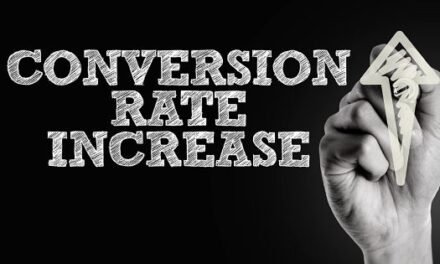Recently it was reported that global banks are failing to invest in renewables in any meaningful way. In contrast to their COP21 commitments, global banks invested 93% of their energy funding into fossil fuel projects and only 7% in renewable energy projects last year – a profoundly disappointing but perhaps not surprising result.

In contrast, at a local level, small-to-medium businesses continue to step up, with commercial investment in renewable energy growth across the board. Installation of rooftop solar is booming in Australia, NZ and the UK as businesses look to protect themselves from skyrocketing energy prices from traditional (i.e. fossil fuel) sources.
Many of these renewable energy projects are self-funded, but let’s face it – not every SME has the funds to install a $50,000 solar system tomorrow, no matter what savings they’ll enjoy later down the track. That’s why a lot of renewable energy projects are now funded by green loans and their equivalents. Access to finance is a key factor in our transition to a greener, cleaner energy future – the good news is, there are a number of fintech companies out there making this easier for SMEs.
Why is small businesses’ uptake of renewable energy growing?
There are several factors at play here. Inflation remains high globally, hitting 9.2% in January 2023 marking. SMEs are feeling the pinch from rising energy prices, interest rates and supply costs. Those with savings can afford to soften the blow when it comes to energy bills by generating their own power by harnessing solar or – to a lesser extent – wind energy.
Secondly, in recent years there’s been a strong push towards decarbonization in the commercial world. This is being driven by two things: public perception and support of companies based on their green credentials, and Environmental, Social, and Corporate Governance (ESG) measures. Companies without a plan to tackle climate change have a lower ESG profile and this means they are seen as being at a higher risk by potential investors.
How are businesses paying for this?
Commercial solar uptake in Australia is rising rapidly. The solar power market in Australia is expected to witness a CAGR of 20.56% during the forecast period, 2022-2027. Some businesses are paying for this from their savings, many are seeking financing to fuel (pun intended) their transition to green power.
Green loans are one place SMEs are turning. These are loans designed to fund projects with proven environmental benefits like commercial solar power, battery walls, electric vehicle chargers, and other sustainable assets.
This type of finance differs from traditional finance because it is informed by stringent guidelines which guarantee the funds will be used for environmental initiatives only. Green loans offered by major banks in particular come with a set of strict principles and reporting requirements attached and are often only offered to existing customers.
There are also alternative lenders which finance environmentally friendly projects with less red tape, making the process an easier proposition for busy business owners.
What’s the difference between green loans and similar options?
Green loans, sustainability-linked loans and specialty decarbonisation payment solutions are all different products, but the term “green loan” is often used as shorthand for all three.
True green loans ensure that the funding they provide is used for eco-purposes by applying four key criteria under the headings of use of proceeds; the process of green project selection; management of proceeds; and reporting.
Specialty payment solutions aim to solve the same problems as green loans do, but in a more flexible and business-friendly way. A recent comparison of green loans with Australian fintech company Smart Ease’s green payment solutions reveals that less paperwork, faster turnaround time and a marked lack of reporting requirements are key differences.
This type of agile, 100% online green financing is taking off due to easier access for SMEs through straightforward tech platforms.
The outtake?
Businesses are caught between a rock and a hard place at the moment. Expectations are high for them to lead the charge on decarbonisation, with customers voting with their dollars by supporting brands that live up to their environmental responsibilities. At the same time, costs have never been higher in every area, from labour to supplies to especially energy. Installing solar power is a no-brainer solution that solves both of these problems, saving SMEs on their energy bills and providing a good news story at the same time.
Green loans and specialty funders who invest in decarbonisation projects support real-world actions that produce real-world impact. By financing rooftop solar, EV charging stations, energy-saving ‘smart tech’ and more, these lenders make it possible for their business customers to lead the charge in reducing fossil fuel dependency, one organisation at a time.





















